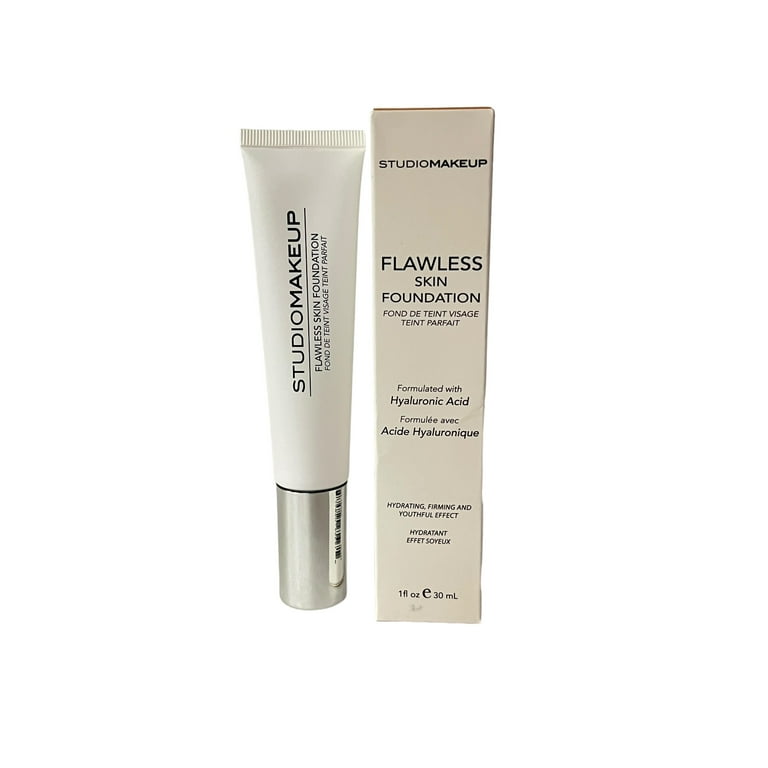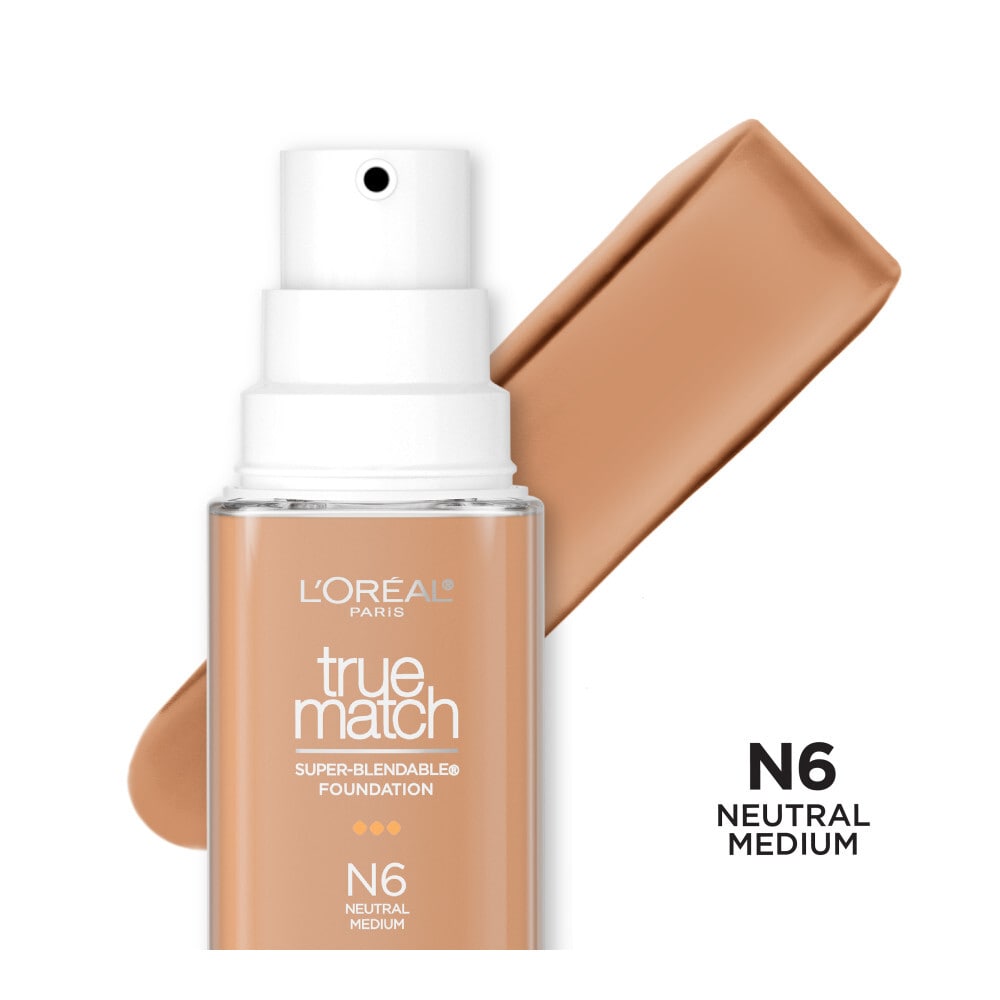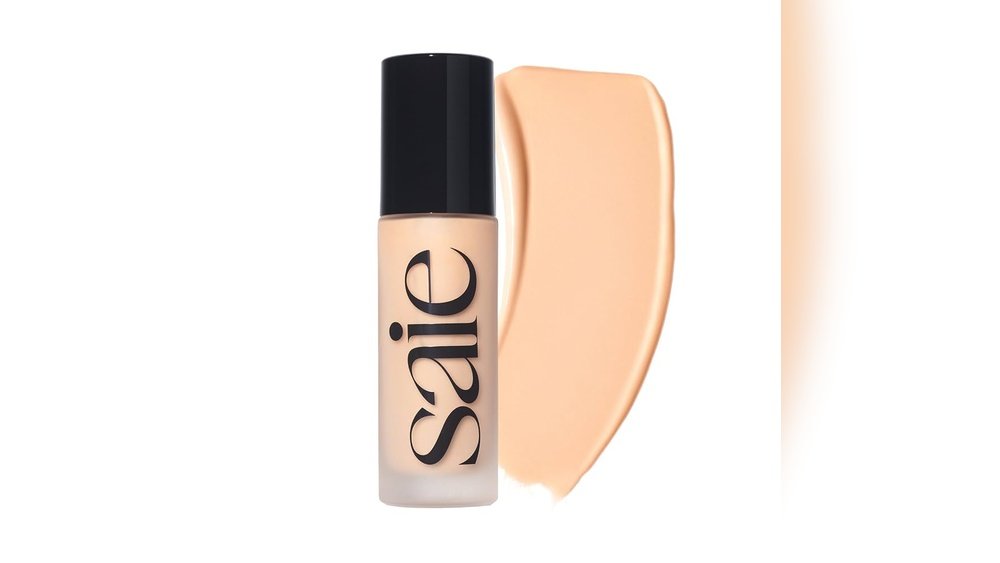Have you ever stood in front of the makeup counter, overwhelmed by rows of foundation shades, wondering how they all come to life? Understanding how foundation shades are formulated can completely change the way you choose your perfect match.
When you know the secret behind those subtle undertones and color blends, picking a foundation that looks natural and flawless becomes effortless. This article will guide you through the fascinating process of how brands create foundation shades tailored to every skin tone.
By the end, you’ll feel confident in finding your ideal foundation, one that blends seamlessly with your unique complexion—no more guessing, no more mismatches. Ready to discover the science and art behind your next foundation? Let’s dive in.

Credit: www.amazon.com
Skin Undertones And Their Role
Understanding skin undertones is crucial in formulating foundation shades. Undertones are the subtle hues beneath the surface of your skin. They affect how foundation looks and blends. Brands create shades based on warm, cool, and neutral undertones. Matching your undertone ensures a natural, flawless finish.
Warm, Cool, And Neutral Tones
Warm undertones have golden, yellow, or peach hues. They give the skin a sun-kissed appearance. Cool undertones show pink, red, or blue hues. These tones often make the skin look rosy or pale. Neutral undertones balance both warm and cool shades. They can have subtle hints of either but are mostly balanced.
Identifying Undertones With Wrist And Jewelry Tests
Check the veins on your inner wrist to find your undertone. Bluish-purple veins suggest cool undertones. Greenish veins point to warm undertones. If veins look blue-green or unclear, you may have neutral undertones. Another method is the jewelry test. Gold jewelry complements warm undertones well. Silver jewelry tends to suit cool undertones better. Neutral undertones can wear both gold and silver jewelry with ease.

Credit: www.walmart.com
Foundation Pigments And Mixes
Foundation shades are created by blending different pigments. These pigments give color and tone to the formula. The right mix helps the foundation match various skin tones. It also affects how natural the foundation looks on the skin.
Each foundation shade uses a unique combination of pigments. These pigments are carefully balanced. This balance ensures the foundation suits different undertones and hues. Understanding the pigments helps explain how brands create wide shade ranges.
Primary Colors In Foundation Formulas
Foundation pigments mainly come from three primary colors: red, yellow, and blue. These colors combine to create the base shade. Red adds warmth and depth. Yellow brightens and adds a golden tone. Blue cools the mix and adds softness.
Mixing these primary colors in different amounts results in many skin tone shades. For example, more yellow creates a warm foundation. More blue makes a cool foundation. Red is often added to balance or deepen the shade.
Balancing Pigments For True Matches
Balancing pigments is key to matching real skin tones. Too much of one pigment can make the foundation look fake. The goal is to create a natural, seamless finish. Formulators test mixes under various lighting to check accuracy.
Besides primary colors, small amounts of other pigments may be added. These adjust undertones and cover different skin nuances. The right pigment mix ensures the foundation blends well and looks natural on all skin types.
Swatching Techniques For Accuracy
Swatching foundation shades correctly is key to finding your perfect match. Applying foundation on the right spot and checking it under the right light helps you see how well it blends with your skin. This process avoids mistakes and saves time and money.
Why Jawline Is Ideal For Testing
The jawline shows the color shift between your face and neck. Testing here helps match the foundation to both areas. This prevents a mask-like effect where your face looks different from your neck.
Skin tones can vary across your face. The jawline area is a neutral zone to test shades. It gives a true idea of how the foundation will look overall.
Checking Shades In Natural Light
Natural light shows true foundation color without distortion. Indoor lights can change how shades appear. Always move to a well-lit window or go outside to check your swatches.
Look at your swatches after a few minutes. This lets the foundation settle and oxidize. The perfect shade will blend seamlessly with your skin and disappear.
Adapting Formulas To Skin Types
Foundation formulas change based on different skin types. Every skin type needs special care for the best look. Formulas adjust to oily, dry, and combination skin for comfort and longevity. Choosing the right finish and ingredients helps the foundation blend well and feel good all day.
Matte Vs. Dewy Finishes
Matte formulas suit oily skin because they reduce shine. They use powders or oil-absorbing ingredients to keep skin looking smooth and fresh. Dewy finishes add glow and moisture, ideal for dry or normal skin. These formulas include hydrating agents like glycerin or oils. Choosing between matte and dewy depends on skin’s natural texture and personal style.
Seasonal Adjustments For Shade Variation
Skin tone changes with seasons, needing shade adjustments. Summer often brings a tan, so formulas include warmer or darker pigments. Winter can make skin lighter and drier, so foundations may have cooler or softer shades. Brands create flexible formulas to match these shifts, keeping the foundation natural and flattering year-round.
Technology In Shade Matching
Technology plays a key role in creating foundation shades that match diverse skin tones. Advanced tools and digital systems help brands develop accurate colors. These innovations simplify the shade selection process for customers. They reduce guesswork and improve satisfaction. The technology uses data, images, and user input to find the best matches.
Online Shade Finder Tools
Online shade finder tools allow users to discover their perfect foundation shade from home. These tools often use photos or quizzes to analyze skin tones. Users upload a selfie or answer questions about their skin color and undertone. The software compares this information with a database of foundation shades. It then suggests shades that closely match the user’s complexion.
Some tools use AI to improve accuracy. They adjust for lighting and skin variations. This technology helps avoid buying the wrong shade. It also saves time and effort in stores.
Foundation Databases And Apps
Foundation databases compile thousands of shades from many brands in one place. Users can search by brand, undertone, or skin depth. Apps make this process easy and mobile-friendly. They allow users to save favorite shades and compare options side by side.
These apps often include user reviews and photos. This social proof helps users see real results on different skin types. Some apps connect with online stores for quick purchases. Databases and apps create a more informed and confident buyer experience.

Credit: www.fredmeyer.com
Frequently Asked Questions
How Do You Determine Your Shade Of Foundation?
Determine your foundation shade by identifying your undertone: warm, cool, or neutral. Swatch shades on your jawline in natural light. Choose the shade that blends seamlessly and disappears into your skin. Use vein color, jewelry tests, and online shade finders for accuracy.
How To Make Your Own Foundation Shade?
Mix equal parts of your closest foundation shades. Adjust by adding small amounts of lighter or darker tones until it matches your skin perfectly. Test the blend on your jawline in natural light for accuracy.
How Are Foundation Shades Numbered?
Foundation shades are numbered based on depth and undertone. Numbers indicate lightness or darkness, while letters show undertones like warm (W), cool (C), or neutral (N). This system helps match skin tone precisely for a natural look.
What Makeup Brand Has The Most Shades Of Foundation?
Fenty Beauty offers one of the largest foundation shade ranges with 50 diverse options. It suits many skin tones effectively.
What Ingredients Are Used To Create Foundation Shades?
Foundation shades use pigments like iron oxides mixed with base liquids and emollients.
How Do Undertones Affect Foundation Shade Formulation?
Undertones (warm, cool, neutral) guide pigment mixes to match skin’s subtle color.
Why Is Matching Foundation To Skin Tone Important?
Correct matching creates a natural look and avoids visible lines or color mismatches.
Conclusion
Foundation shades combine pigments, undertones, and formulas carefully. Each shade suits different skin tones and types. Understanding undertones helps match your skin perfectly. Testing shades on your jawline in natural light is key. This approach ensures a seamless, natural look.
Formulation considers skin needs like dryness or oiliness. Shades may vary by season or lighting conditions. Knowing how shades are made guides better choices. Choose what feels right and looks natural on you. This knowledge helps you wear foundation confidently every day.
 Skip to content
Skip to content 